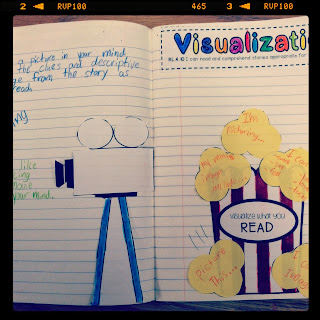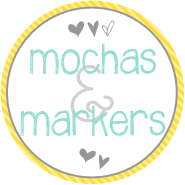Currently, one of the book study classes that I'm taking is on the text Notice and Note, by Kylene Beers & Robert E. Probst. The book discusses "close reading," which is clearly what we want our students to do. Read closely to fully understand characters, plot development, figurative or non-literal language, etc. The book outlines 6 "Signposts" that all literature has in common. Fabulous, right? What better strategy is there than one that can be applied to every fiction text we pick up!
Earlier in the week I asked students to answer questions about their reading habits, and I thought you might also want to ponder the survey. If you feel so inclined I'd love to have you email me your answers (even just a few questions would be fine), but please don't feel obligated to do so...I know life is busy! As I started this book I also considered these questions, and they are great food for thought...the questions here are the version of the survey that I took (the student survey will be below).
Reading Habits Survey - Adult Version
- How often do you read each day?
- Do you usually read printed texts or digital texts? If digital texts, do you use an e-reader?
- How is reading with an e-reader different from reading printed books?
- What sort of material do you read online or on an e-reader or mobile device? Is this different from what you choose to read in print?
- Do you read any blogs or Websites on a regular basis? If your answer is yes, how large a part of your reading life are they?
- Do you use any social bookmarking sites to communicate with others about what you are reading? How have these sites changed how you think about what you are reading?
- Have you read anything that includes other types of media (video) as a part of the story?
- Do you listen to audio books? Do you consider this reading?
- What do you think are the major challenges of online reading?
- What are you curious about when it comes to reading today?
Reading Habits Survey - Student (some of these obviously apply more to older students, but it's still interesting to read our kiddos' perspectives)
- How often do you read each day at school? At home?
- Do you mostly read books (novels and textbooks)? Do you mostly read on an e-reader such as a Nook, Kindle, or iPad? Mostly on a computer or a smart phone?
- How is reading with an e-reader different from reading printed books?
- What sort of material do you read online or on an e-reader or mobile device? Is this different from what you choose to read in print?
- Do you read any blogs or websites on a regular basis? If your answer is yes, how large a part of your reading life are they?
- How do you share with others what you are reading about? Through conversations? Comments on Facebook? By texting? By using a site such as Goodreads? Through a blog?
- When do graphics (pictures, charts, video clips that might be a part of digital texts) help you understand what you are reading? And when are they a distraction?
- Do you listen to audio books? Do you consider this reading?
- Do you think that when you are reading something online or on an e-reader you are reading the same way as when you read something in a book?
- Sometimes you choose what you want to read. Other times you are told what to read. How does choice or the lack of choice make a difference in how you read?












